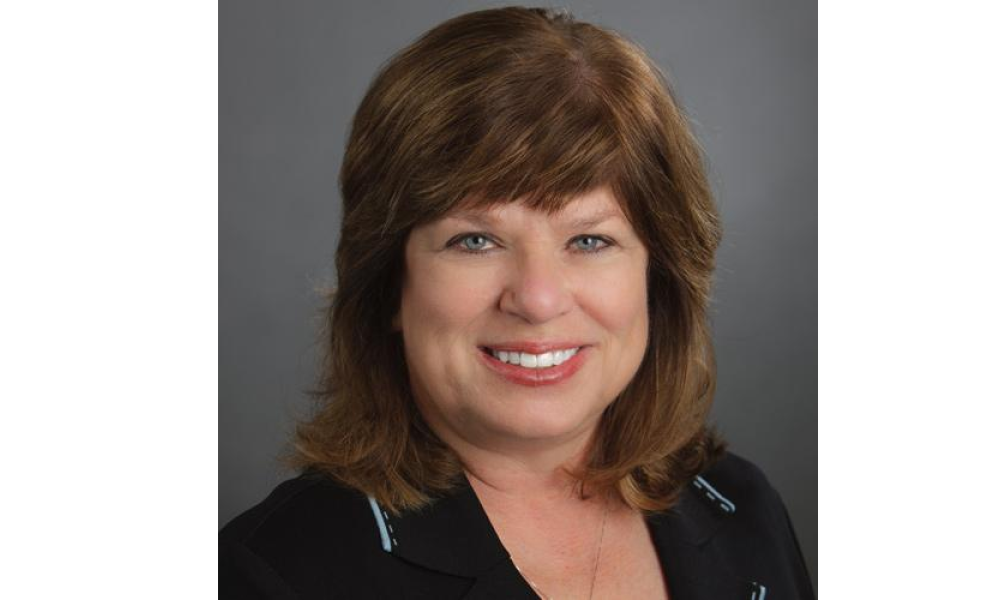Acquisitions
Inside the Boardroom: Laurie Smith
By
Joseph Richter

Laurie Smith, Managing Principal at Blue Vista, joined the Real Estate Daily Beat for an interview. We discussed the advantages of investing in the middle market equity space, the future of retail, and other interesting topics.
Daily Beat: Can you please speak to Blue Vista and the nature of your business?
Laurie Smith: We have three platforms: middle market equity, student housing, and real estate credit. The largest platform is middle market equity, where we invest through a series of closed-end, value-add funds and a core plus open-end fund. This is a business that we do entirely with joint venture partners around the country and have completed over 200 investments across all property types.
Our deals typically fall somewhere in between $2 million to $15 million of equity (under $50 million in total capitalized value). We’ve acquired and developed $7.7 billion in total capitalized investment value since 2003.
Daily Beat: Are you asset agnostic?
Laurie Smith: In the middle market equity side of the business, we are pretty asset agnostic, which opens up a variety of opportunities across property sectors, operating partners, and markets. We do industrial, multi-family, office, self-storage, hotels, single-family residential, and RV parks.
As we’ve seen through the last 19 months, not every property sector performs in the same way, which allows us to pivot to areas that we’re seeing growth opportunities.
Daily Beat: Can you speak to your student housing and credit divisions?
Laurie Smith: Our student housing platform was started out of our first middle market equity fund and is now its own vertically integrated platform with our affiliate, Peak Campus. We invest through a variety of structures, including closed-end funds, separate accounts and joint ventures. Our student housing platform has acquired and developed $3.4 billion since 2003, which includes over 85 properties and 39,000 beds across 59 college campuses. We have particular experience in developing purpose-built off-campus housing near top tier university campuses.
Blue Vista’s other platform is our real estate credit business, where we provide middle market owners flexible bridge lending solutions in the range of $10 to $100 million, with a focus on the majority property types — local multifamily, retail, student, single family rental, self storage, office, retail, industrial, and hospitality.
Daily Beat: What are your thoughts on the current market?
Laurie Smith: There are two different aspects to operating real estate at the moment. You hear horror stories about certain retail and office assets, but there are other property sectors that are just going gangbusters, such as self-storage, industrial and single family rental. There’s plenty of capital out there.
On the office side, many large tenants are pushing off big decisions on future commitments, but we are seeing people relocating and using this as an opportunity to go to tax advantageous municipalities. The largest amount of office leasing activity in our portfolio is in suburban Las Vegas, Florida, and Arizona.
Regarding the multi-family sector, it’s incredible to see deals trading in the 3.5% cap rate range!
Daily Beat: What’s Blue Vista’s pitch to investors? What are the advantages of mid-market deals over large institutional asset types?
Laurie Smith: We define the middle-market space as deals with total capitalization under $50 million. In that segment of the market, it’s seven times the size of assets that the larger institutional players are all going after.
If you go back over the 20 plus years of data Blue Vista has gathered, you’re probably going to find somewhere around the average of 60 to 65 basis points of arbitrage between the cap rate on a dollar of income on the $50 million plus versus the cap rate on the $50 million and below. There’s a proven benefit in terms of getting to buy that income stream for a better cap rate. Secondly, there’s a massive number of transactions. If there’s seven times as many transactions for those types of assets, there is a very big buyer pool. It also widens the available pool of markets where we can find good opportunities, rather than being limited to the largest markets where the big ticket buyers are looking.
Daily Beat: What type of leverage do you employ throughout your portfolio?
Laurie Smith: On a fund level, we’re at the 60% to 65% range on a loan-to-cost basis, which will be lower from a loan-to-value basis. We probably do 95% of our borrowing through banks, which aren’t always the big money center banks. We often benefit from borrowing from local regional banks in markets where we are active.
We dislike the conduit business because when things go wrong in a value-add situation, there isn’t someone to talk to – we typically avoid that if possible. We also do non-recourse and our partners typically take on any liabilities that are related to the loan. All we are trying to do is to find the debt that is best for the execution strategy of whatever deal we are doing.
Daily Beat: Where does most of your deal flow come from?
Laurie Smith: Our transaction flow comes from a couple of different places. One is our internal research, where we’re looking at markets and specific property sectors that we want to pursue. It’s also coming from the grassroots movement of our partner network of over 4,000 sponsors that we have created over 20 years in business.
Daily Beat: What percentage of deals come through brokers versus directly from sponsors?
Laurie Smith: We look at between 1,200 to 1,400 deals a year in the middle market equity platform and we will ultimately do 20 to 22 of those on an annual basis. And about 40% of those 1,200 or so that come in the door come from brokerage relationships, while the others are direct from sponsors.
All the $7.7 billion in deals that we’ve done in the middle market space over five funds have all been done with partners. It’s almost impossible to have expertise in every one of these markets, so you really need to have the local sponsor.
Daily Beat: What segments of the retail market are you comfortable with in the market?
Laurie Smith: I think that the cap rates in the NNN lease market are better than they were, assuming that the credit is reasonable.
We do like grocery anchored retail grocery and we’re in the process of selling some of those deals right now. There’s strong demand if you have one of those top one or two dominant grocers in your center that has good sales.
Daily Beat: I guess it’s not as threatened by e-commerce?
Laurie Smith: Yes, that’s definitely a hot market, especially during COVID everyone was shopping. I think that personal groceries – at least for me personally – is ideal in person. This segment of retail could likely withstand the decline of e-commerce.
If you’re looking to sign junior anchors like the Marshals, there’s not a rush to get the store opened. Some of these retailers are still recovering.
Daily Beat: Will there eventually be excess supply in the industrial market?
Laurie Smith: That’s an interesting question. E-commerce isn’t everything that drives the industrial sector – there’s different types of industrial. There’s the big mega box tenants and there’s the small bay type of product where your tenant ranges from 15,000 to 150,000 SF. We see insatiable demand for that because of the disruption of the supply chain. U.S. corporations are starting to make more products in the country, which will generate more demand for that type of space.
Daily Beat: It’s often said that there are three D’s to the self-storage business: death, displacement, and divorce. COVID was a pretty good time for some of those.
Laurie Smith: That’s a good point, but in reality Americans just have so much stuff, which is why they lease storage space to put things away. They may never go back and look at it again until five years later when they realize it might be a smart idea to get rid of it.
*The interview has been edited and condensed for clarity.





